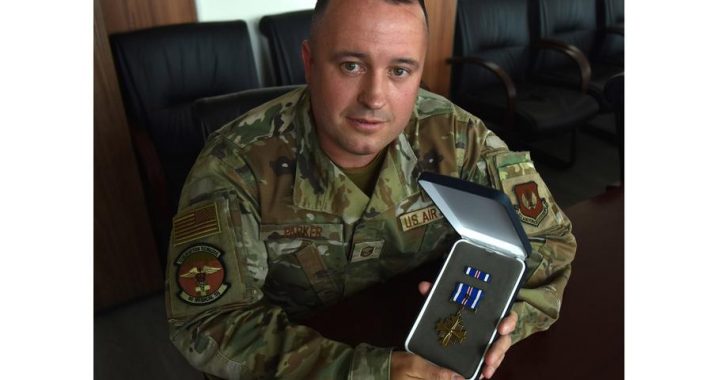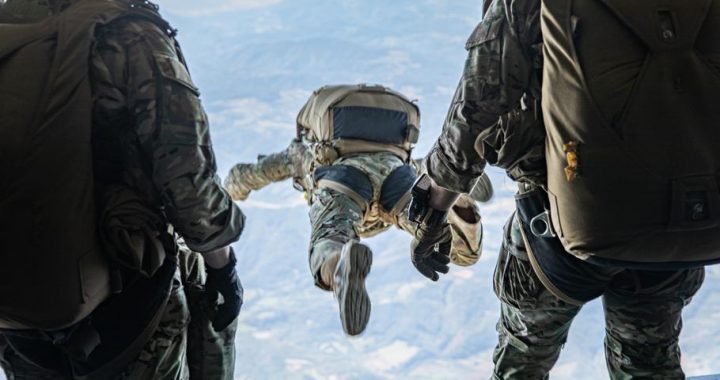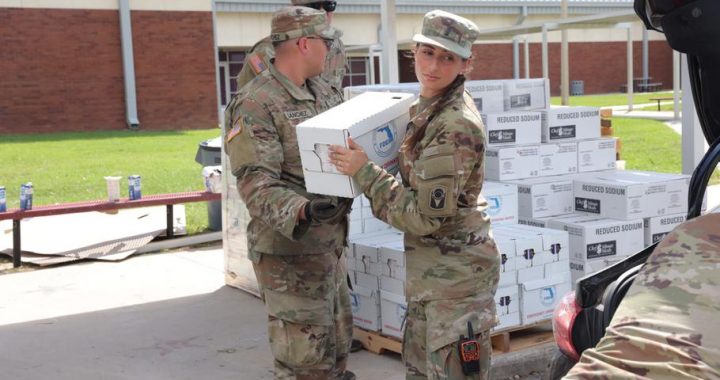Why Veterans Need More Than Transition Assistance Programs
3 min read
This should serve as a wake-up call for all service members in what they need to consider in departing the military.
So, what needs do veterans typically have in transitioning from the military? This list is long and can be burdensome. These needs may be summarized as follows:
Employment needs
• Mentorship
• Education
Cultural needs
• Camaraderie
• Social network
• Veteran peer connections
• Volunteer opportunities
• Structure / order
Health needs
• Access to care
• Life counseling
• Insurance (if not covered by the VA)
Daily needs
• Housing and sustenance
• Transportation
• Legal assistance
• Access to financial resources
In light of these needs, it is helpful to define what a successful transition would entail. I would submit that a successful transition occurs when a veteran:
• Finds meaningful employment aligned with their strengths and preferred career field
• Satisfies their and their family’s basic needs (daily needs noted above)
• Acquires healthy means to cope with the stressors of transition
• Has established 12-month personal and professional goals
• Positively contributes to the broader community of transitioning veterans (i)
So, which of these does the government actually address and for which of these are veterans responsible? The answer is quite simple. Unless a veteran is retired, receiving disability compensation, eligible for the GI Bill, or has access to the nearest VA hospital, he or she is ultimately responsible for meeting all those needs. Re-read that last sentence. By and large, a successful transition depends upon the veteran.
Transition is a difficult process that takes years to successfully navigate, and the cost of failure may be catastrophic. According to a recent study, “44 percent of veterans experience high levels of difficulty when reintegrating into civilian life,” (ii) and veterans who experience the highest difficulty during their transition are 5.4 times more likely to experience suicidal ideation. (iii) In fact, the suicide rate is significantly higher among post-9/11 veterans, which comprise the 18-34 age group. Those rates have more than doubled from 2006 to 2016 — out-pacing all other age groups — despite improvements in mental health services and long-term care. (iv)
• My book, “Mission Transition: Navigating the Opportunities and Obstacles to Your Post-Military Career,” Army Magazine’s recent review has noted it as: “one of the best I have encountered;” “valuable and needed work;” “exceptionally well organized and easy to understand;” “This book will help you start planning for your next mission today.” (v)
• The VA’s ETS Sponsorship Program, which connects transitioning veterans to sponsors in their post-military hometown prior to ETS. (vi) Think of the Total Army Sponsorship Program applied to the real world. Many of these sponsors will come from veteran collaboratives based in local communities around the country. Please see my website (www.matthewjlouis.com) for a list of these collaboratives and other resources.
• Participation in an apprenticeship or internship. While the list of all currently available programs is much longer than space will allow, consider the Career Skills or SkillBridge Training Programs that the services currently offer. See my website (www.matthewjlouis.com) for a much more thorough listing of opportunities.





